Someswarar Temple Kumbakonam: 11th Century Architecture Marvel
The Someswarar Temple in Kumbakonam is one of the most important Shiva temples in South India. It is located on the banks of the Cauvery River and is dedicated to Lord Shiva. The temple is said to have been built by the Chola king, Rajaraja Chola I, in the 11th century.
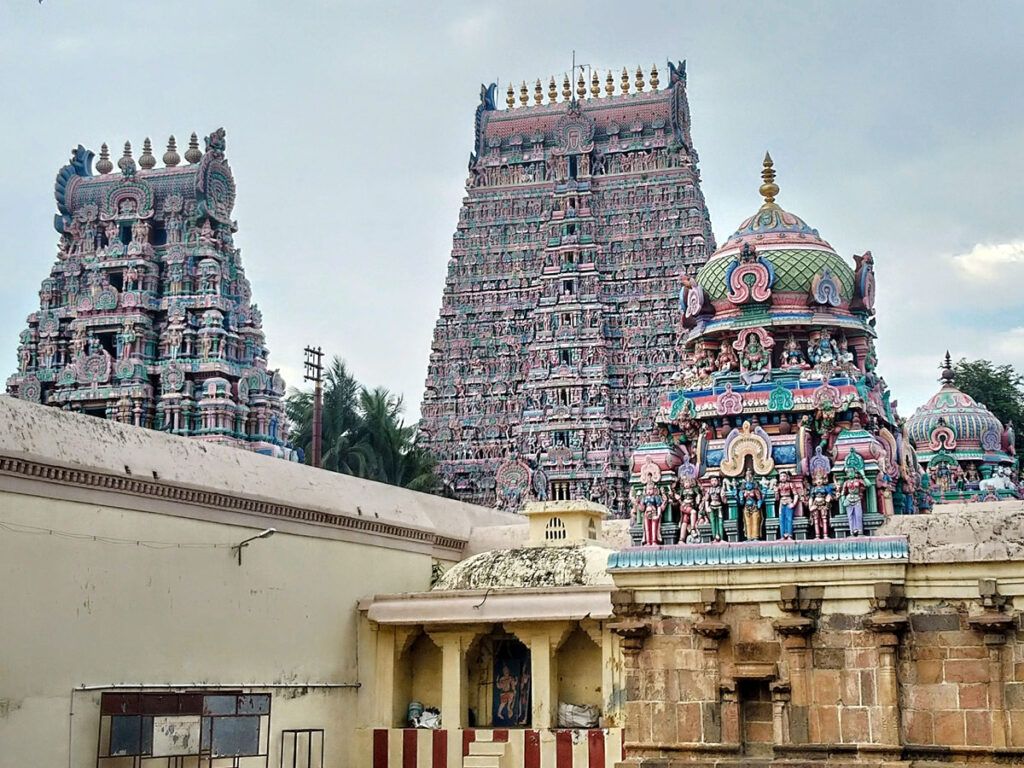
Contents
- 1 History of Someswarar Temple Kumbakonam:
- 2 Unique Features of Someswarar Temple Kumbakonam:
- 3 Architecture of Someswarar Temple Kumbakonam:
- 4 Myths and Legends of Someswarar Temple Kumbakonam:
- 5 Places to visit near Someswarar Temple Kumbakonam:
- 6 FAQ:
- 6.0.1 Q: When was Someswarar Temple built?
- 6.0.2 Q: What are the main features of Someswarar Temple?
- 6.0.3 Q: What are some of the important festivals celebrated at Someswarar Temple?
- 6.0.4 Q: How do I get to Someswarar Temple?
- 6.0.5 Q: What are the timings of Someswarar Temple?
- 6.0.6 Q: What are the entry fees for Someswarar Temple?
- 6.0.7 Q: What are some tips for visiting Someswarar Temple?
- 7 How to reach Someswarar Temple Kumbakonam:
- 8 Google Maps:
History of Someswarar Temple Kumbakonam:
Someswarar Temple, also known as Kudanthaikaronam, is an ancient Hindu temple dedicated to Lord Shiva, located in the town of Kumbakonam, Tamil Nadu, India. It is one of the 127 Paadal Petra Sthalams, sacred places revered in the Shaivite tradition, and is believed to have been built during the 9th century by the Chola kings.
Legendary Origins
The temple’s origins are steeped in mythology. One legend states that Lord Brahma, the creator god, was perplexed after a great flood and sought guidance from Lord Shiva. Shiva instructed Brahma to gather sand from sacred places and mix it with nectar to create a divine pot, the ‘Mayakumbam.’ The pot accidentally broke, scattering the sacred mixture, and twelve Shiva temples, including Someswarar, were said to have emerged from the divine essence.
Another legend attributes the temple’s construction to the Hindu god Moon, Chandra. It is believed that Chandra, once worshipped by all the gods, lost his power due to a curse. To regain his divine status, he performed intense penance at this location, eventually earning Shiva’s blessings. As a reward, Shiva granted Chandra a permanent abode in the temple, known as Chandra Teertham.
Chola Dynasty and Architectural Splendor
The Someswarar Temple’s construction is attributed to the Chola dynasty, renowned for their architectural prowess. The temple complex encompasses two acres of land and features two gopurams, or towering gateways, the tallest reaching 72 feet. The temple’s inner sanctum houses the primary deity, Someswarar, enshrined as a lingam, the aniconic representation of Shiva. His consort, Parvati, is revered as Somasundari.
The temple’s architecture showcases the Cholas’ mastery of sculpture and intricate carvings. The temple walls are adorned with exquisite depictions of various deities, mythological scenes, and intricate floral patterns. The temple also features a sacred tank, the Chandra Pushkarini, believed to possess purifying properties.
Read More>> Tungnath Temple: The Highest Shiva Shrine in the World 12k ft
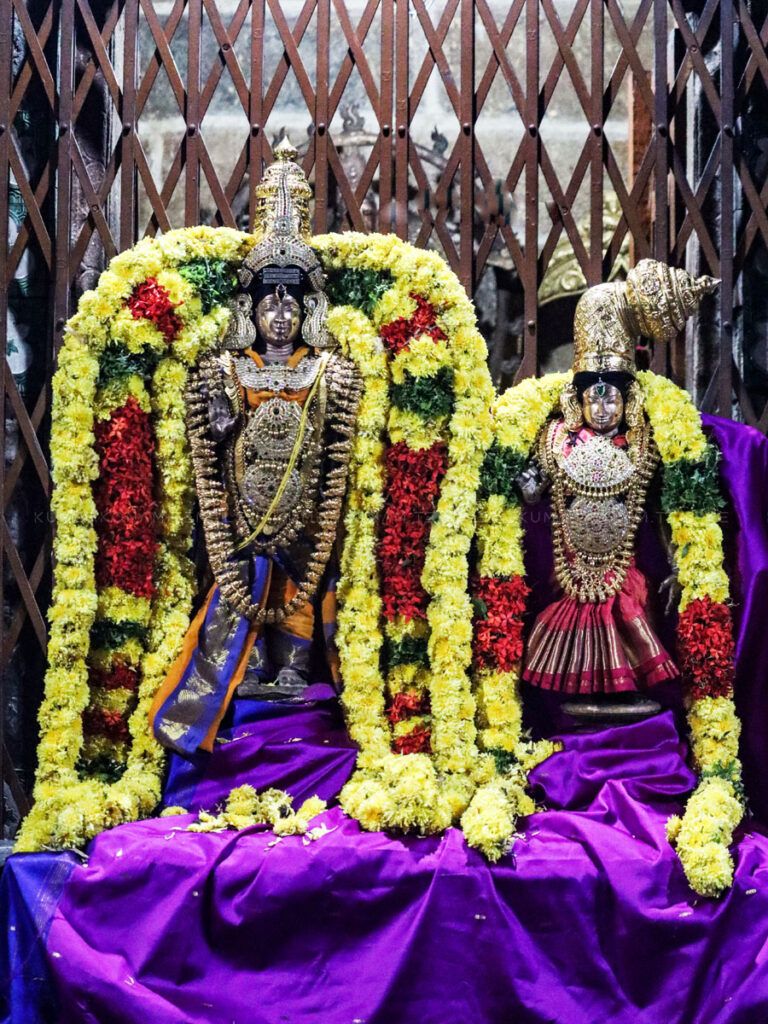
Religious Significance and Festivals
Someswarar Temple holds immense religious significance for Shaivites, followers of the Hindu sect devoted to Lord Shiva. The temple is one of the five major Shiva temples in Kumbakonam, collectively known as the ‘Pancha Kumbakonam.’ Devotees flock to the temple throughout the year, seeking blessings and spiritual fulfillment.
The temple hosts several festivals throughout the year, each commemorating a significant event or deity. The most prominent festival is the Masi Magam, held during the Tamil month of Masi (February-March). This grand festival attracts a massive pilgrimage, with devotees taking a holy dip in the Mahamaham tank, believed to cleanse sins and grant spiritual blessings.
Cultural Heritage and Preservation
Someswarar Temple stands as a testament to the rich cultural heritage of Tamil Nadu and the architectural brilliance of the Chola dynasty. The temple has been designated as a monument of national importance by the Government of India, ensuring its preservation for future generations. The temple continues to serve as a vibrant spiritual center, attracting devotees from all walks of life, perpetuating its legacy as a sacred pilgrimage site.
Read More>> Pancharama Kshetras: Kartikeya Breaks the Shivalinga into 5
Unique Features of Someswarar Temple Kumbakonam:
- Ancient Architecture: The temple’s architecture is a testament to the Chola dynasty’s craftsmanship. The intricate carvings and sculptures adorning the temple walls and pillars are a sight to behold.
- Self-Manifested Lingam: The main shrine houses a self-manifested lingam, making the temple highly revered among Shiva devotees.
- Devotional Significance: The temple is one of the 276 Paadal Petra Sthalams, considered highly sacred in the Saiva tradition.
- Festivals and Events: The temple is a vibrant cultural center, hosting various festivals and religious events throughout the year, especially during the Mahashivratri festival.
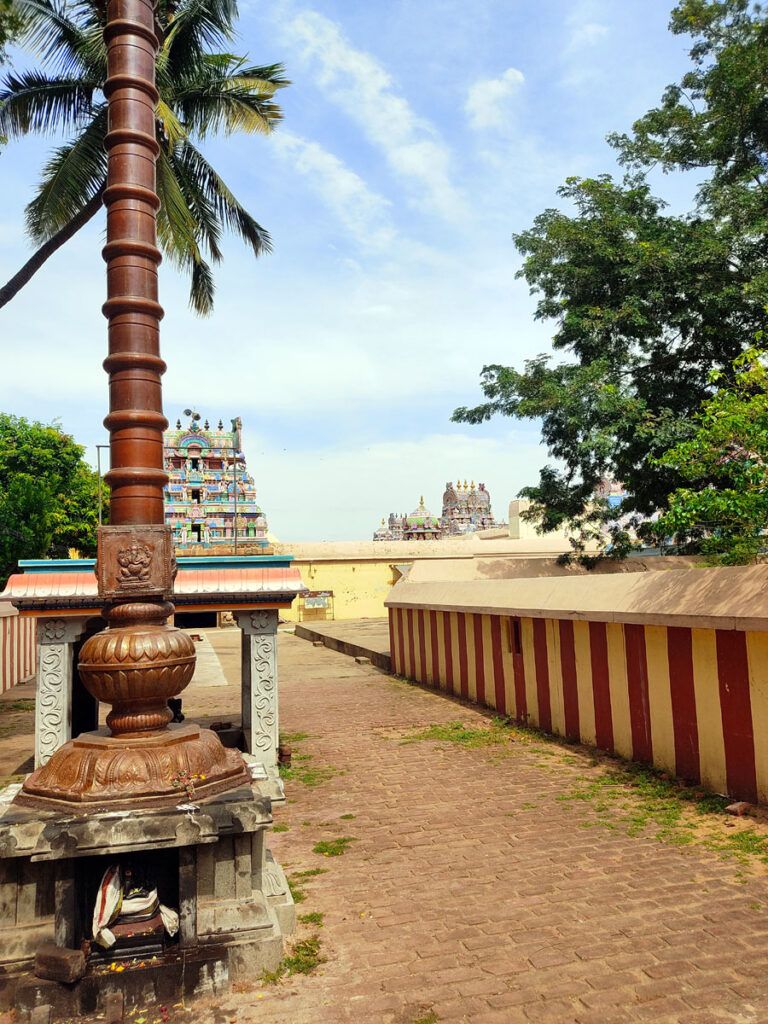
Architecture of Someswarar Temple Kumbakonam:
The temple complex covers an area of over 30 acres and is surrounded by a high wall. The main temple tower, or gopuram, is 172 feet (52 m) tall and is the tallest in Kumbakonam. The temple is also notable for its large mandapams, or halls, which are used for festivals and other gatherings.
The architecture of the Someswarar Temple is a blend of Chola and Dravidian styles. The temple is built on a rectangular plan and consists of several sanctums, or shrines. The main shrine is dedicated to Shiva, but there are also shrines to other Hindu deities, such as Parvati, Ganesha, and Murugan.
The exterior of the temple is decorated with intricate carvings and sculptures. The interior of the temple is also decorated, but in a more subdued manner. The walls of the sanctums are painted with murals depicting scenes from Hindu mythology.
Read More>> Gangotri Temple | Complete Guide
Myths and Legends of Someswarar Temple Kumbakonam:
There are a number of myths and legends associated with Someswarar Temple. One of the most popular legends is the story of how the temple came to be built. According to this legend, Lord Shiva was once wandering through the forests of Kumbakonam when he came across a group of asuras (demons) who were terrorizing the local people. Shiva killed the asuras and then set about building a temple to himself in the same spot.
Another popular legend is the story of how the Swayambumurthy lingam came to be. According to this legend, Lord Shiva was once performing a penance when a drop of sweat fell from his forehead and turned into a lingam. The lingam is said to be self-manifested and is therefore considered to be very sacred.
There are also a number of myths and legends associated with the different shrines in the temple. For example, the shrine dedicated to Lord Vishnu is said to be the spot where Vishnu killed the demon Ravana. The shrine dedicated to Lord Ganesha is said to be the spot where Ganesha was born.
Read More>> Kashi Vishalakshi Temple Varanasi
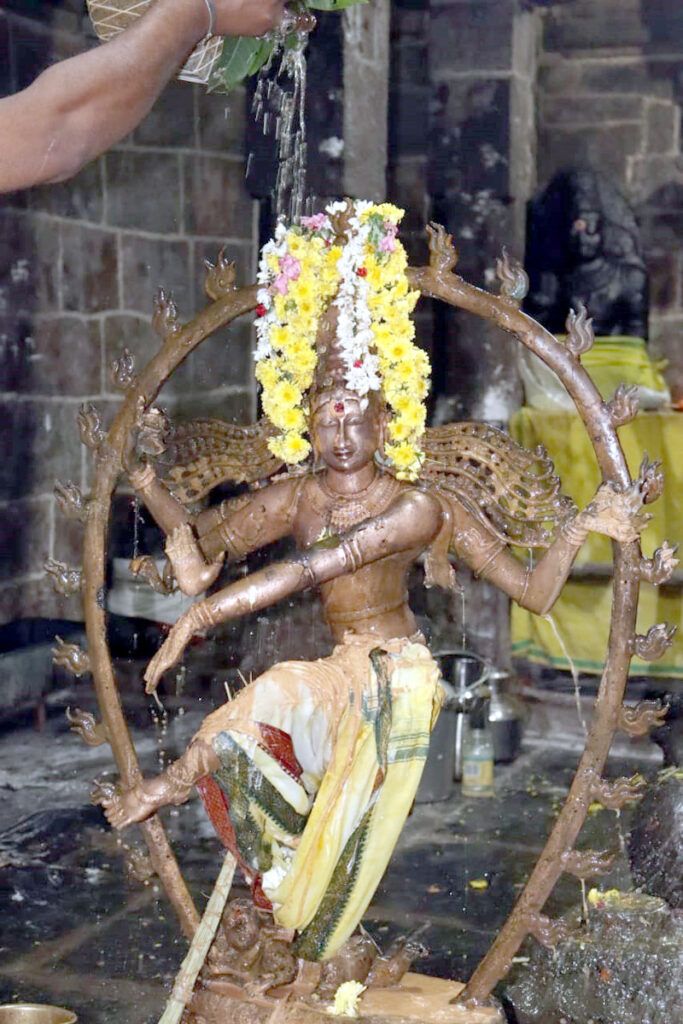
Places to visit near Someswarar Temple Kumbakonam:
Sarangapani Temple: This temple is dedicated to Lord Vishnu and is one of the Divya Desams, the 108 temples of Lord Vishnu revered by the 12 Alvar saints.
Mahamaham Tank: It is one of the largest temple tanks in Tamil Nadu and is associated with the Mahamaham festival, which occurs once every 12 years. The tank is considered sacred, and pilgrims take a dip in its waters during the festival.
Adi Kumbeswarar Temple: Another significant Shiva temple in Kumbakonam, dedicated to Lord Shiva. It is believed to be one of the oldest temples in the town.
Nageswaran Temple: This temple is renowned for its architecture and is dedicated to Lord Shiva. It has intricately carved pillars and a beautiful sanctum.
Kasi Viswanathar Temple: Located near Mahamaham Tank, this temple is dedicated to Lord Shiva and is known for its historical and religious significance.
Uppiliappan Temple (Thoopul): Although a bit farther away, this temple is worth a visit. It is dedicated to Lord Vishnu and is known for its beautiful deity of Uppiliappan and Bhudevi.
Swamimalai Murugan Temple: Located around 8 kilometers from Kumbakonam, this temple is one of the six abodes of Lord Murugan (Subramanya).
Darasuram Airavatesvara Temple: A UNESCO World Heritage Site, this temple is part of the Great Living Chola Temples and is known for its remarkable architecture and intricate carvings.
Gangaikonda Cholapuram: This ancient town is home to the Gangaikonda Cholapuram Temple, built by the Chola king Rajendra Chola I. The temple is dedicated to Lord Shiva.
Thirunallar Saniswaran Temple: If you are interested in visiting a temple associated with the planet Saturn (Shani), Thirunallar, located a bit farther away, is famous for its shrine dedicated to Lord Shani.
Read More>> Chintpurni Shakti Peeth: Where Wishes Find Fulfillment
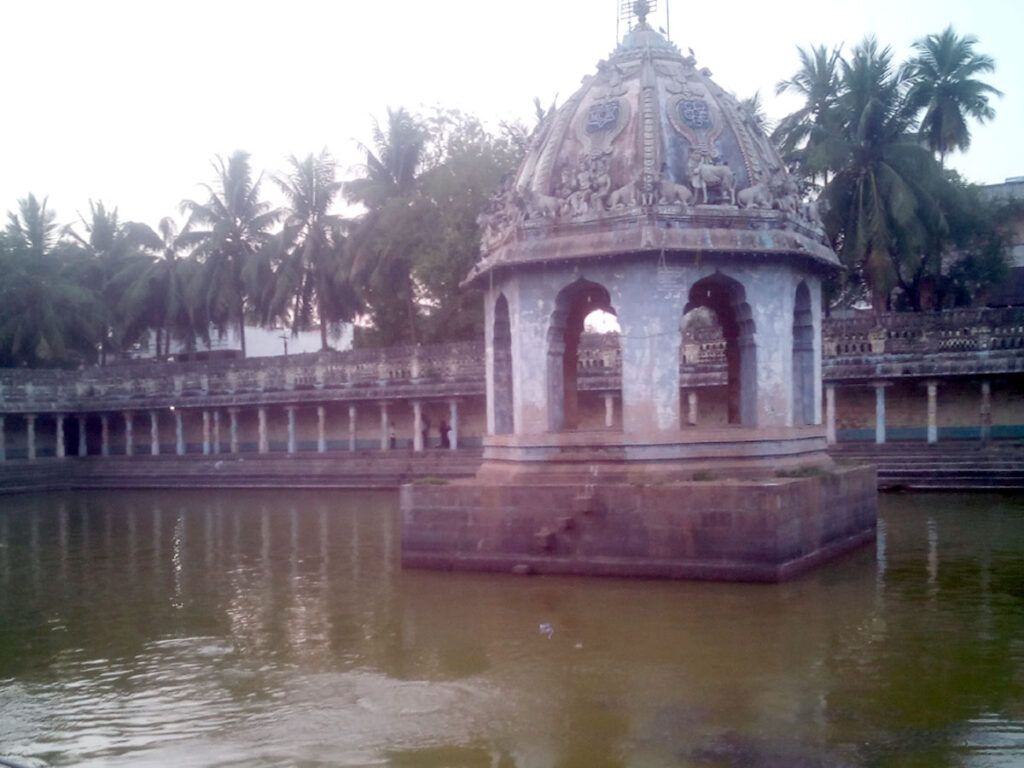
FAQ:
Q: When was Someswarar Temple built?
A: The temple is believed to have been built in the 10th century by the Chola king Rajaraja Chola I. However, there is evidence that suggests that the temple may have been built earlier, possibly in the 8th century.
Q: What are the main features of Someswarar Temple?
A: The temple is built in the Dravidian style of architecture. It has a five-tiered gopuram (gateway tower) that is over 60 meters tall. The temple also has a number of other shrines, including shrines dedicated to Vishnu, Parvati, and Ganesha.
Q: What are some of the important festivals celebrated at Someswarar Temple?
A: Some of the important festivals celebrated at Someswarar Temple include Maha Shivaratri, Karthigai Deepam, and Navaratri. Maha Shivaratri is a festival that celebrates the wedding of Shiva and Parvati. Karthigai Deepam is a festival that celebrates the birth of Kartikeya, the son of Shiva and Parvati. Navaratri is a nine-day festival that celebrates the victory of good over evil.
Q: How do I get to Someswarar Temple?
A: Someswarar Temple is located in the town of Kumbakonam. Kumbakonam is well connected by road, rail, and air. The nearest airport is the Tiruchirapalli International Airport, which is about 100 kilometers from Kumbakonam.
Q: What are the timings of Someswarar Temple?
A: Someswarar Temple is open from 6:00 AM to 12:00 PM and from 4:00 PM to 8:00 PM.
Q: What are the entry fees for Someswarar Temple?
A: As of now there is no entry fee to get into Someswarar Temple but there might be charges for mobiles and cameras.
Q: What are some tips for visiting Someswarar Temple?
A: Wear comfortable shoes as you will be doing a lot of walking.
Carry sunscreen and a hat to protect yourself from the sun.
Bring a bottle of water to stay hydrated.
Be respectful of the temple and its surroundings.
Read More>> Trimbakeshwar Jyotirlinga Temple
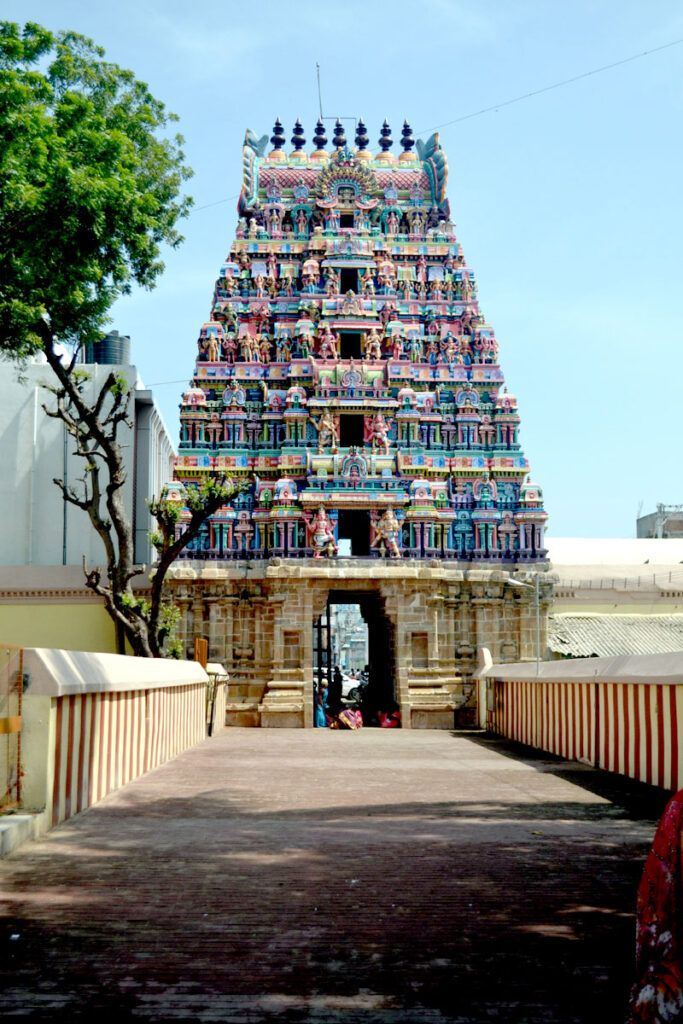
How to reach Someswarar Temple Kumbakonam:
By Air:
The nearest airport to Kumbakonam is Tiruchirapalli International Airport (IATA: TRZ), which is approximately 91 kilometers away. From the airport, you can hire a taxi or use other local transportation services to reach Kumbakonam.
By Train:
Kumbakonam has its own railway station, well-connected to major cities in Tamil Nadu and other parts of India. You can check the train schedules and book tickets to Kumbakonam Railway Station. The Someswarar Temple is likely to be accessible by local transportation, such as auto-rickshaws or taxis, from the railway station.
By Bus:
Kumbakonam is well-connected by road, and there are regular bus services from various cities and towns in Tamil Nadu. You can check for buses to Kumbakonam Bus Stand and then use local transportation to reach the temple.
By Road:
If you are traveling by car, Kumbakonam is accessible by road. You can use navigation apps or maps to find the best route from your location. The temple’s specific location within Kumbakonam can be confirmed with locals or by checking online resources.
Local Transportation:
Once you reach Kumbakonam, you can use local transportation options like auto-rickshaws or taxis to reach Someswarar Temple. Most temples are well-known landmarks, and locals can guide you to the specific location.
